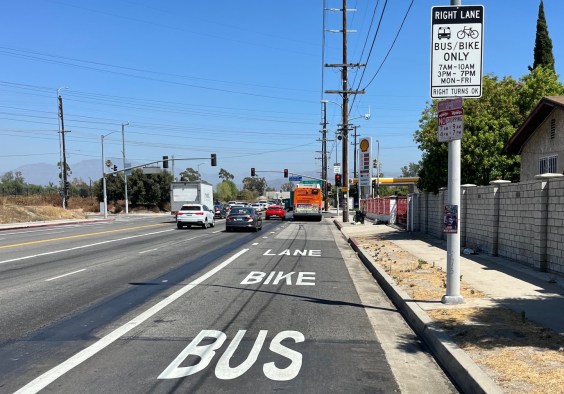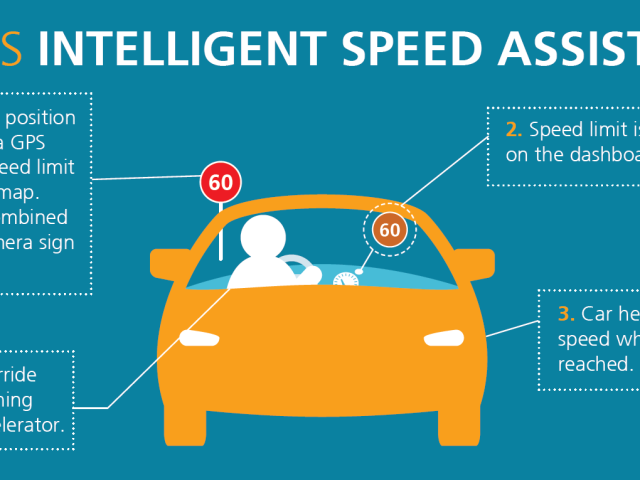Transportation departments tend to separate street resurfacings from street safety projects. In New York City, for example, advocates are pushing DOT to coordinate its paving and safety teams to better facilitate low-cost improvements for walking and biking.
Paving and safety projects shouldn't be in competition for resources, writes Jonathan Maus at BikePortland. Maus says his city's transportation planners are adding bike and pedestrian infrastructure after putting down fresh asphalt.
During the push for the Our Streets funding measure, the Portland Bureau of Transportation used percentages and pie charts to split these two priorities into categories. With such clear lines in the sand it’s no wonder that the community (and the media) latch on and start shouting about which one deserves more (I admit it, I’ve been guilty of doing this myself in the past).
It doesn’t have to be this way. The truth is, paving/maintenance projects can also be safety projects that improve bicycling and walking. And guess what? PBOT gets it.
Maus points to several examples of bike lanes and crosswalks striped in conjunction with a repaving. He writes: "While these bicycle access improvements are still just paint and not the true, physically protected bikeways many Portlanders are yearning for, at least PBOT is claiming space and moving in the right direction."
Elsewhere on the Network: Streets.mn on why crosswalks should be raised to meet the sidewalk, Urban Milwaukee has a streetcar update, and the Bicycle Coalition of Greater Philadelphia reports that SEPTA may expand its bike parking plans.






